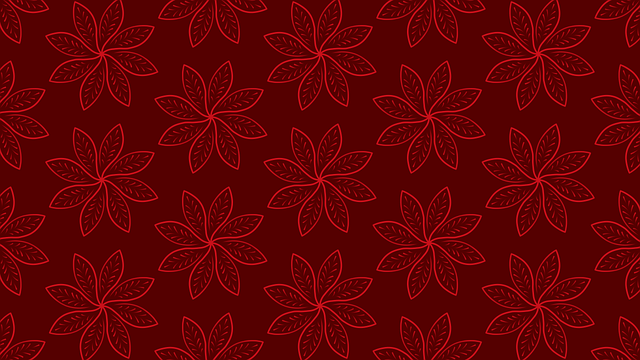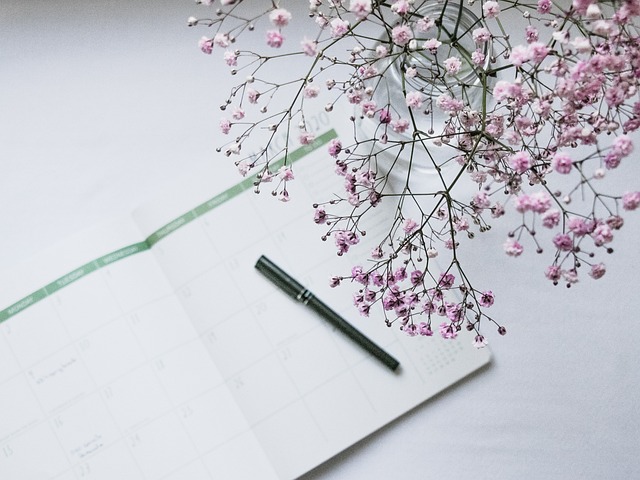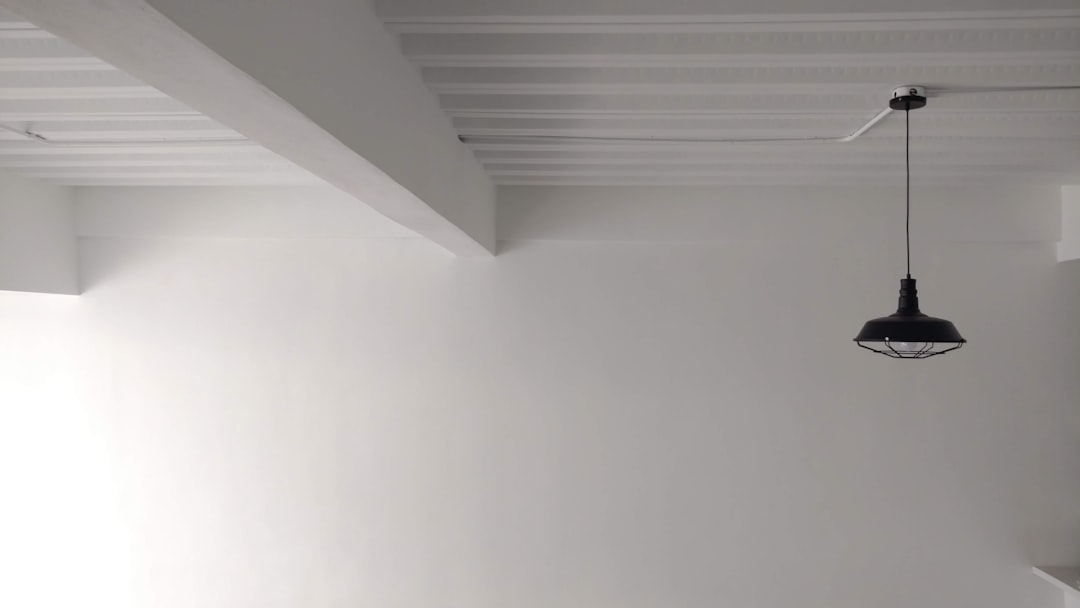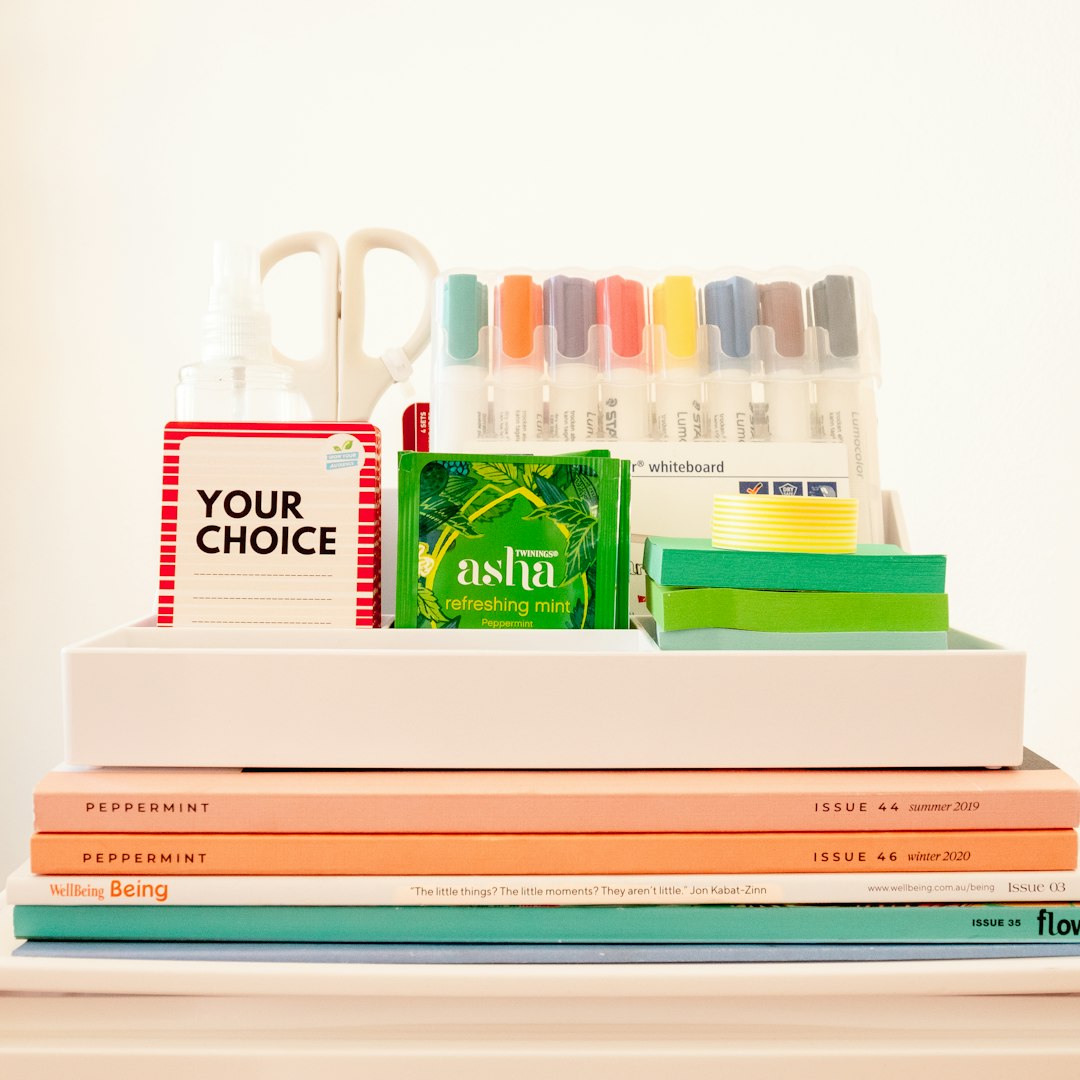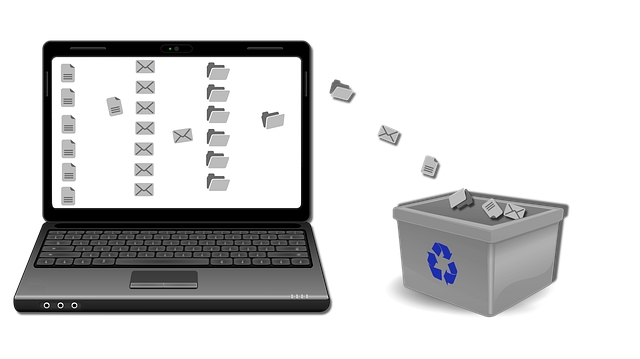The text emphasizes that disorganization in homes often goes unnoticed until it causes stress and mental clarity issues. Recognizing and accepting this chaos is the first step towards managing it. Home organization and decluttering are crucial for achieving mental peace, as they impact daily tasks and overall well-being. By curating belongings, adopting minimalism, and using storage solutions like labeled boxes or shelves, one can transform cluttered spaces into functional, serene environments. Maintaining order requires a systematic approach, including regular assessments of item purpose, family involvement in responsible consumption, and seasonal decluttering sessions.
In today’s fast-paced world, chaotic living spaces reflect our busy lives. However, taming this disorganization is key to achieving peace of mind and creating a haven at home. This article guides you through understanding and accepting the chaos, offering practical strategies for organization, and providing long-term tips for effective home organization and decluttering. Discover how to transform your space into a serene, functional environment that supports your well-being.
- Understanding the Chaos: Recognizing and Accepting Disorganization
- Strategies for Taming the Chaos: Practical Steps Towards Organization
- Sustaining Order: Long-Term Tips for Home Organization and Decluttering
Understanding the Chaos: Recognizing and Accepting Disorganization

Understanding the Chaos: Recognizing and Accepting Disorganization
In many homes, disorganization creeps in subtly, often going unnoticed until it becomes a overwhelming mess. The first step in taming chaos is to recognize and accept that this state of affairs exists. Home organization and decluttering aren’t just about aesthetics; they’re crucial for mental clarity and peace. A cluttered space can contribute to stress, making daily tasks more challenging and increasing feelings of being overwhelmed.
By acknowledging the current state of disorganization, you begin the journey towards a calmer, more structured environment. Accepting that clutter is a normal part of life—it happens!—allows for a more compassionate approach to home organization. This mindset shift helps in setting realistic goals and breaking down the task into manageable steps, ensuring a less daunting and more successful decluttering process.
Strategies for Taming the Chaos: Practical Steps Towards Organization

Taming chaos in your living spaces starts with a mindful approach to home organization and decluttering. The first step involves assessing each item in your space—do you truly need, use, or love it? This process, known as curating, helps you let go of excess possessions that contribute to clutter. By implementing simple storage solutions like labeled boxes, baskets, or shelves, you can create designated spaces for the items you’ve chosen to keep.
Prioritize organizing one area at a time, setting achievable goals and deadlines to stay motivated. Consistency is key; regular maintenance, such as daily tidying or weekly sorting sessions, prevents chaos from creeping back in. Embracing minimalism and adopting a “less is more” philosophy can transform your living spaces into serene, functional environments that promote productivity and peace of mind.
Sustaining Order: Long-Term Tips for Home Organization and Decluttering

Maintaining order in your living spaces is an ongoing process, especially when it comes to home organization and decluttering. The key to success lies in adopting a consistent approach that becomes a natural part of your daily or weekly routine. Start by setting clear goals; decide what you want to keep, donate, or recycle, and create categories for different types of items. Regularly go through your belongings, questioning their purpose and value to you. Implement storage solutions tailored to each item’s function and the available space. For example, use decorative baskets for loose items, install shelves for books and collectibles, and utilize under-bed containers for seasonal or rarely used items.
Long-term success requires a mindful shift towards minimalism and functionality. Embrace the 80/20 rule, keeping only 20% of your possessions that bring you 80% joy and utility. Regularly revisit and reevaluate your collection, letting go of items that no longer serve a purpose or evoke positive emotions. Involve everyone in the household to foster a culture of responsible consumption and organized living. Schedule decluttering sessions as part of seasonal changes, ensuring a constant flow of tidiness and preventing chaos from taking over again.
In navigating the journey towards taming chaos and achieving organized living spaces, recognizing and accepting disorganization as a starting point is key. By implementing practical strategies and adopting long-term tips for home organization and decluttering, individuals can transform their spaces into calm, functional oases. These methods empower folks to sustain order, minimize clutter, and create environments that foster productivity and well-being. Remember that consistent effort and adaptability are essential; with dedication, anyone can master the art of organized living.

